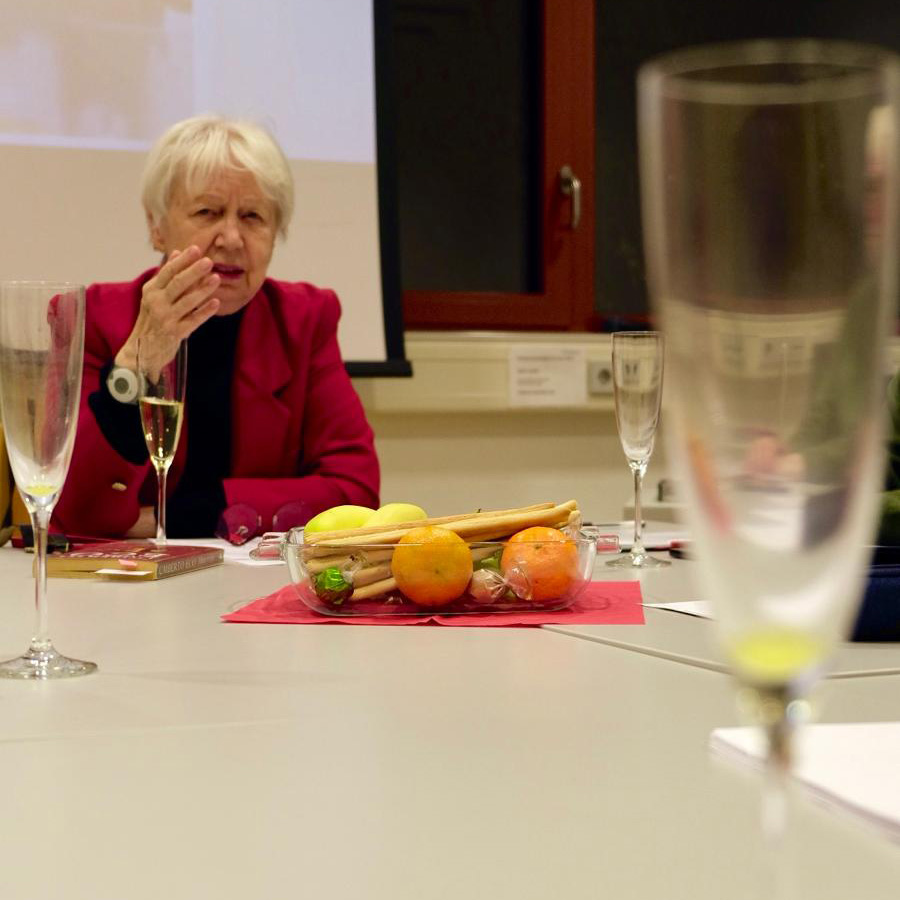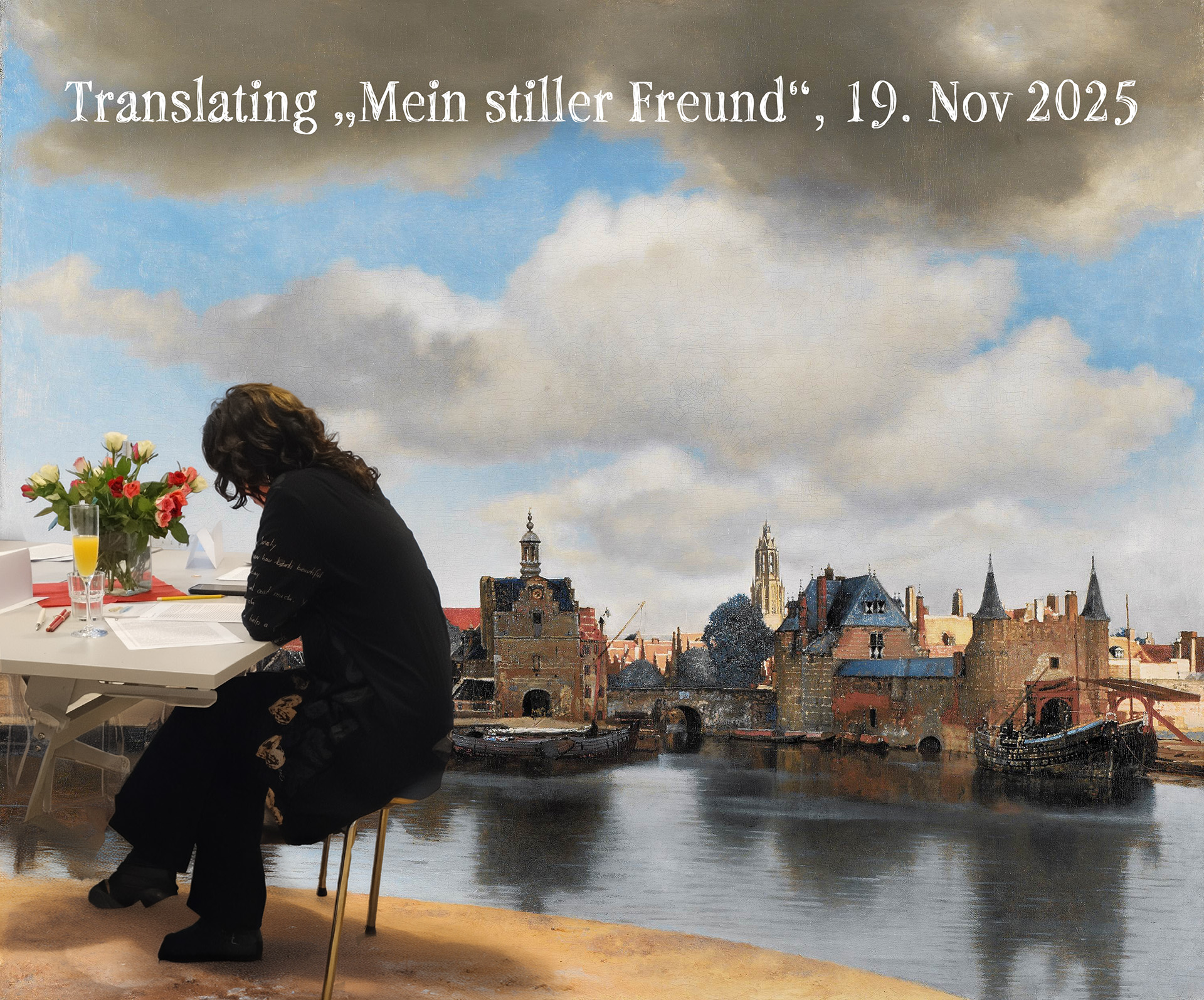Many thanks for sharing our lively discussion about what the ‘yellow’ in Ferdinand von Schirach’s ‘A View of Delft’ may mean – both in terms of its references and development in the text around the ‘yellow’ in Vermeer’s famous painting, and in terms of what (if anything) the author wants to communicate to us beyond the text level.
We discussed a wide range of questions, from a possible intrinsic meaning of ‘yellow’ to its universal function as a cultural symbol of light, as in the biblical creation of heaven and earth or in accounts of near-death experiences. We wondered what FvSch intended when framing his narration from his first romantic love’s intensity and confusion to his aunt’s conflictual love for the genius painter Gustave, when personality clashes lead to a chaotic (but worthwhile!) marriage, from his intensive yet frustrating search for the concrete ‘yellow’ in Vermeer’s painting and, later in life, finding its meaning by chance while intensely listening to Bach’s Goldberg Variations.
We questioned the paralleling of this experience to Proust’s ‘heavenly scale’ and the sudden death of his character Bergotte upon viewing the painting, and related the feeling to Lady Gaga’s coming to life in self-realization on her first appearance on stage – the ‘yellow’ as meaning perfection and infinity, something beyond imitation.
Some critical comments were offered with respect to some utterances being somehow ‘up in the air’; that is, we found some questionable coherence gaps as obstacles to the reading process, namely at the beginning, when Aunt Haag, referring to von Schirach’s feelings of first love, bashful shame and frustration, tries to console him with the promise that ‘it will all come’, but it just also comes too late. We were wondering what the ‘it’ was referring to and did not find a suitable reference point in the text.
Some of us raised the question of the literary quality and value of the narration, and we discussed the problem of finding indications and criteria; however, we did not get to discuss the extensive use of ‘hypotyposis’ as one of the classical rhetorical devices.
I thoroughly enjoyed talking – thank you so much for all your thoughts and comments.
Heidrun Gerzymisch


